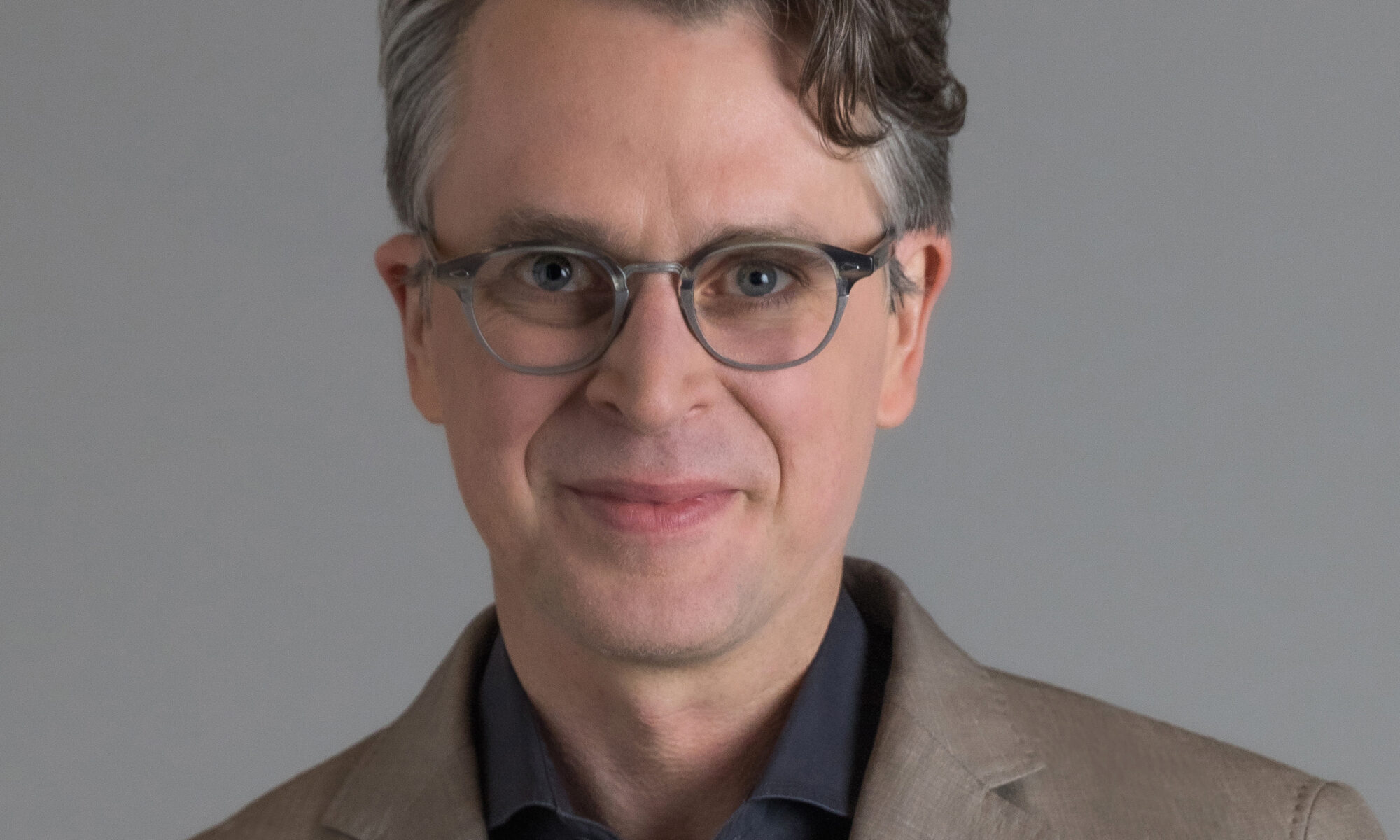
Dr. Matthew Putman is an American scientist, educator, musician, and film/stage producer. He is best known for his work in nanotechnology. Putman currently serves as the CEO of Nanotronics, an advanced machines and intelligence company that has redefined factory control through the invention of a platform that combines AI, automation, and sophisticated imaging to assist human ingenuity in detecting flaws in manufacturing. He recently built New York State’s first high-tech manufacturing hub, located in Building 20 of the Brooklyn Navy Yard.
Matthew has published over 30 papers and is an inventor on over 50 patent applications filed in the U.S. and other countries for his work on manufacturing, automation, inspection, instrumentation, super-resolution, and artificial intelligence. He is an expert in quantum computing and a founding member of The Quantum Industry Coalition. His groundbreaking inventions in manufacturing include the development of the world’s most advanced inspection instrument, which combines super-resolution, AI, and robotics.
Tell us about your company?
We have been in business for 14 years with the purpose of utilizing the latest in computation, especially advanced AI, to bring efficiencies to fabs. It has been a great journey as technology, in general, has improved. We manufacture our own imaging and analysis equipment to provide insights on defectivity and flaws in processes. Now, we use generative AI itself in factories to optimize recipes on production equipment. What was feedback to users is now feedback to the equipment itself. This has led us to our most ambitious endeavor, which is to take these technologies, package them in a modular fab, and deliver them around the world. This is Cubefabs.
A Cubefab can be in full operation in one year from the time of groundbreaking to full production and is a fraction of the price and size of a traditional fab. This has many advantages, and we are seeing interest from the semiconductor industry, as well as from countries and industrial groups that have not been able to enter the semiconductor market. Most importantly, I believe the first products that will come from a Cubefab are power devices that provide greater energy efficiency than anything else available. For applications in data centers and electric vehicles, this helps accelerate two of the largest growing markets with the largest need for efficiencies that they can’t get elsewhere. Cubefabs are democratizing fabs, as well as having a model that allows for regional independence, avoiding geopolitical risk.
What problems are you solving
We are addressing challenges in factories? by improving yields and producing devices with better energy efficiency. We envision a world where we can make rapid progress in the generative AI revolution by using AI to actually build. This offers a new perspective on imaging supply chains and the ability to produce quickly with the most innovative materials.
In which application areas are you strongest?
In our inspection and process control business, we serve a broad spectrum of applications, spanning from traditional silicon fabs to genomics and biotechnology. Additionally, we drive the adoption of emerging technologies like Quantum computing and advanced materials such as graphene. With a primary focus on compound semiconductors, we leverage our extensive data repository to develop AI systems that empower Cubefabs to manufacture next-generation compound semiconductors.
What keeps your customers up at night?
Fabs are getting more expensive and complex, and this is a huge challenge as they look to expand. So we often start by doing everything we can to help them improve yields and eliminate waste. I also think that everyone is concerned about the resources involved with building new factories. This is what I see keeping them up at night, and it keeps up up at night trying to find new solutions for them.
What does the competitive landscape look like and how do you differentiate?
I do not obsess over competition and instead focus on invention. We think of factory control through the lens of a type of AI control that others have just not adopted yet. So our main competition is different philosophies for how things can be built, more than it is competitors themselves. For Cubefabs, no other company that I know of is doing anything like it.
What new features/technology are you working on?
We are always improving AI models. We are always looking to build more robustness into our own products with our own models. As we see with AI in general, things are moving fast. We want to move as fast as the consumer applications in the world with factory innovation. So, new types of production control are always being tested in our labs.
How do customers normally engage with your company?
For our imaging and factory control product we do validation testing for them in advance. We know that we need to prove ourselves before they take the risk of changing the paradigm that they are used to. Our applications engineers are speaking with the customers, understanding the problems they are having and then demonstrating our capabilities. With Cubefabs we are engaging with companies themselves as well as municipalities and countries as they look to solve these large problems. We know that this is doing something different, so we engage through a lot of dialogue and testing to make sure that we are aligned with them.
Also Read:
CEO Interview: Barry Paterson at Agile Analog
An open letter regarding Cyber Resilience of the UK’s Critical National Infrastructure
CEO Interview: Roger Espasa of Semidynamics
Share this post via:








Quantum Computing Technologies and Challenges